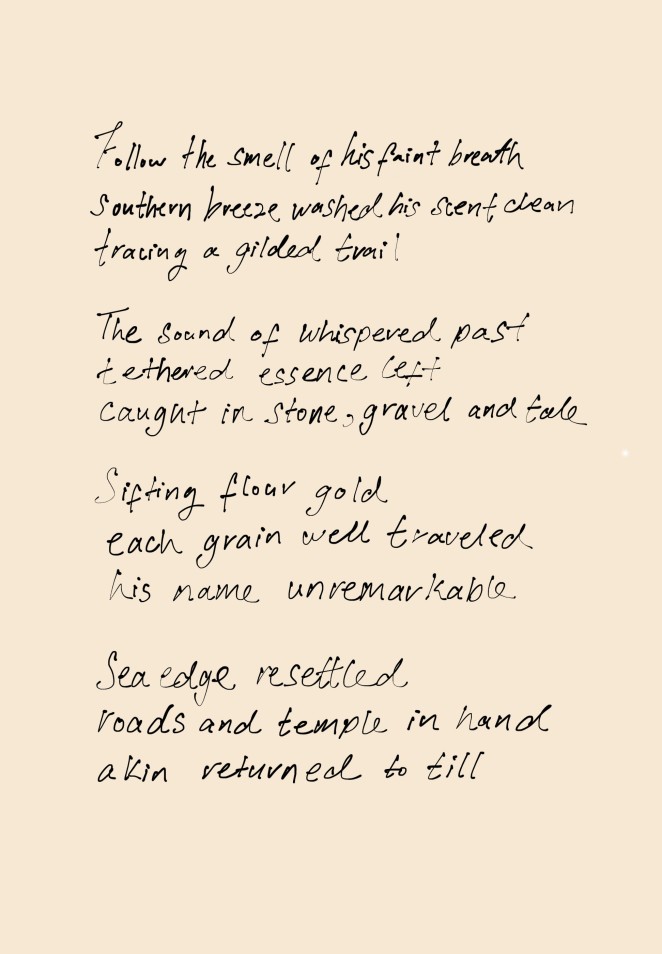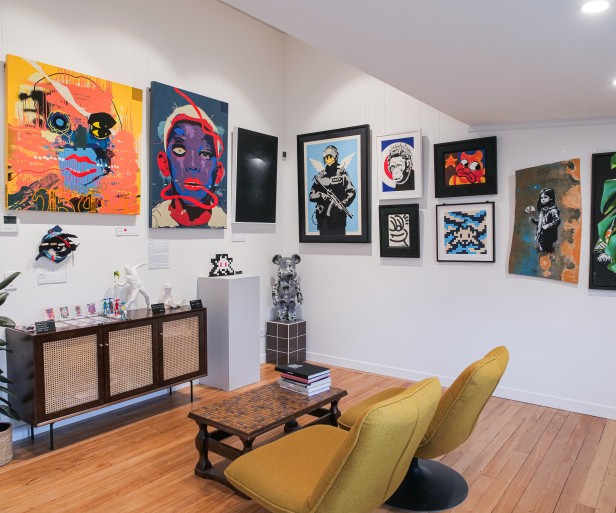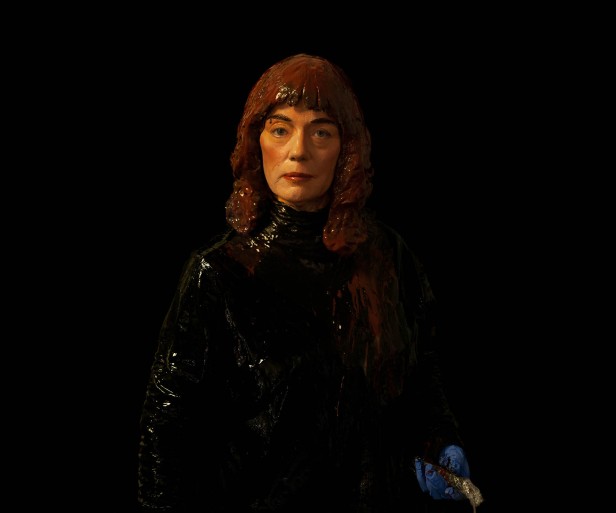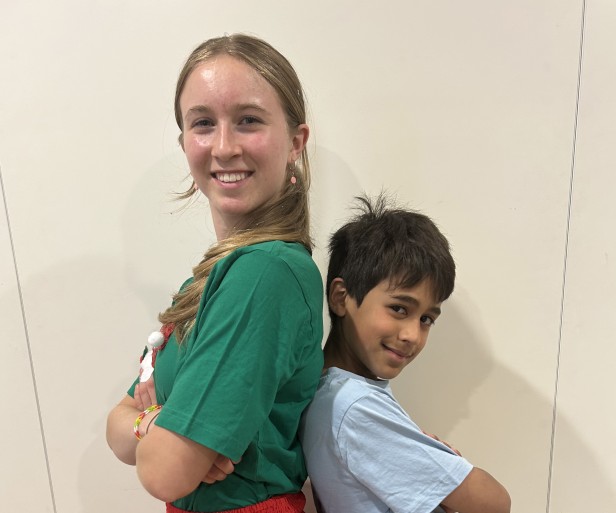Artist Explores Otago’s Chinese Settlement
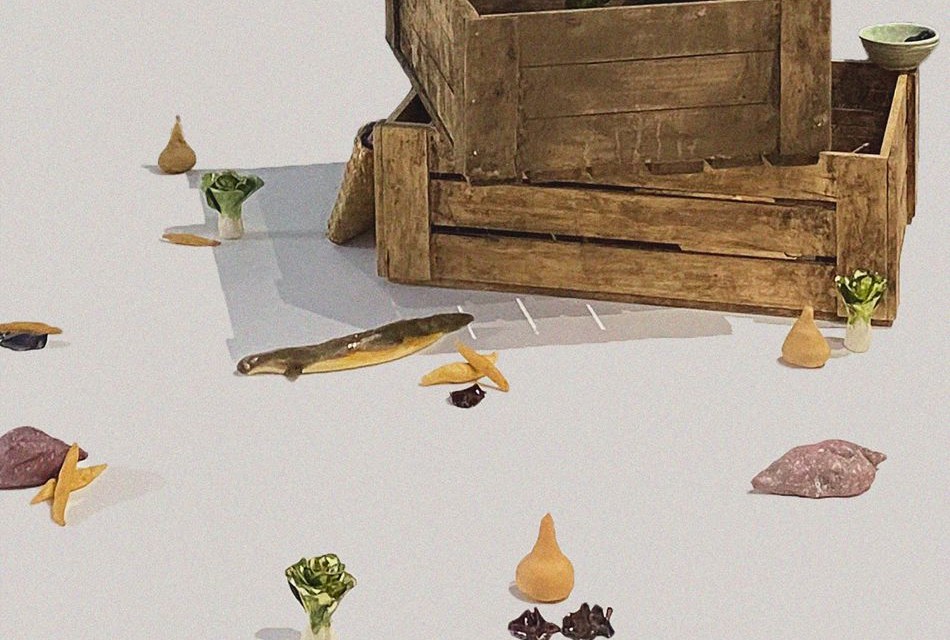
From this weekend Te Atamira will host Cindy Huang’s exhibition, which is bringing to light the history of the Chinese gold miners of the Otago region. She has explored exchange, ancestry, and materiality, and created 1000 handmade porcelain lilies. The handwritten poem pictured serves as the title of the exhibition and offers some insight into the delicate process of considerations made.
Cindy currently lives in Tamaki Makaurau and currently focuses on ceramics, but does delve into lots of mediums in her artistic endeavours. After discovering that a Chinese ancestor of hers came to Otago during the gold rushes of the 19th century, Cindy became interested in the community and felt a personal affinity.
“A lot of my practice and my artistic practice is centred around communities and histories that aren’t so well known by the general public. In October I came down to Queenstown to do a little research trip where I was looking into the history of Chinese gold miners. At the same time, it was my first time going down there and I myself am a descendant from a gold miner, so it was a bit of a journey – finding out all these histories and talking to a lot of people about them and the things that I was taught or told about – all of this influenced this new exhibition. It’s not necessarily about gold mining itself, but more about the traces of these people and the things they left behind, which isn’t necessarily connected directly to gold mining,” says Cindy.
During her research trip, Cindy discovered the Chinese lilies that flower annually in the area of Round Hill. Also known as ‘Long Hilly’, it’s located between Riverton and Orepuki, and was the most southerly Chinese settlement in the world between the 1870’s and early 1900’s. They flower once a year during Christmas and Chinese/Lunar New Year and are found in Port’s Water Race, a route that follows the path of a water race cut through heavy bush by Chinese miners in 1888-89.
“Another reason I chose lilies is while I was doing my research trip, I was talking to this wonderful woman who owns a little weaving shop out in Colac Bay and she was telling me about how she believes that these lilies that are now growing in the wild in Round Hill were brought by Chinese gold miners at the time. The exhibition unpacks the reasons why they could have been brought.
“When researching it was a chain reaction where I would be suggested to speak to one person and then they would suggest I speak to another person. It’s been a lot of teas and coffees trading with people – showing up to their home and chatting to them. All the information I’ve given was from the community that I interacted with,” says Cindy.
Cindy Huang’s exhibition will be on display in Whakaari at Te Atamira from 28 January to 29 March. You can find out more about the exhibition, or about Cindy and her art at teatamira.nz
